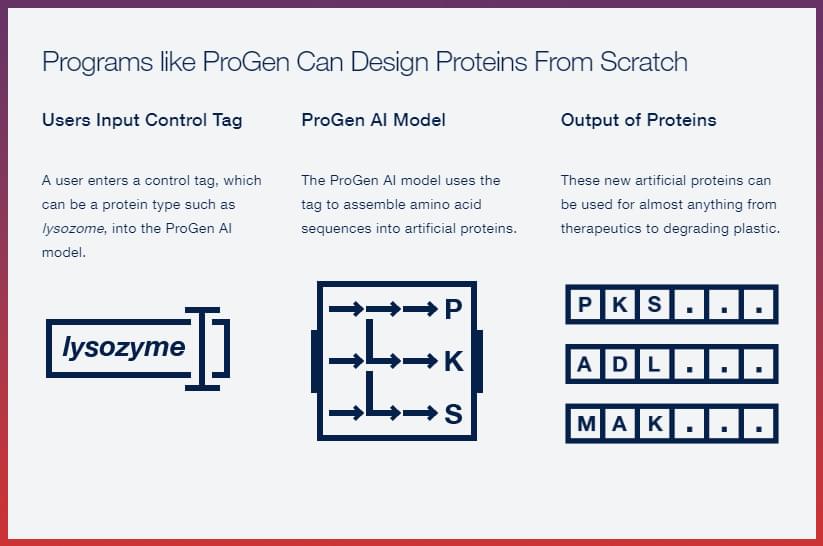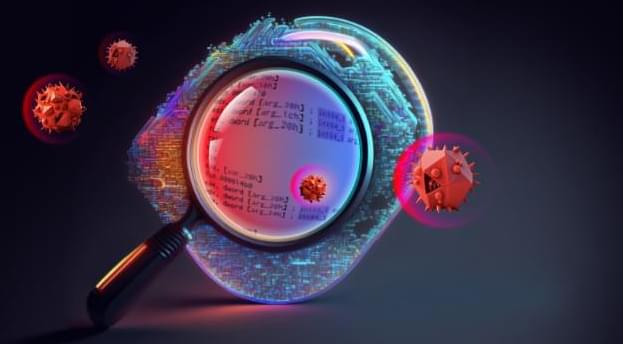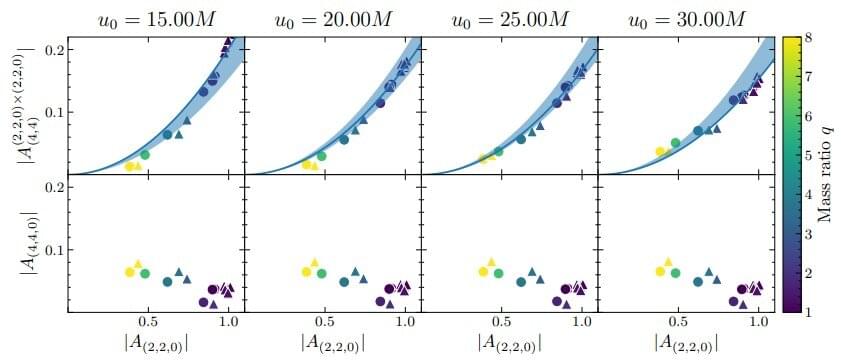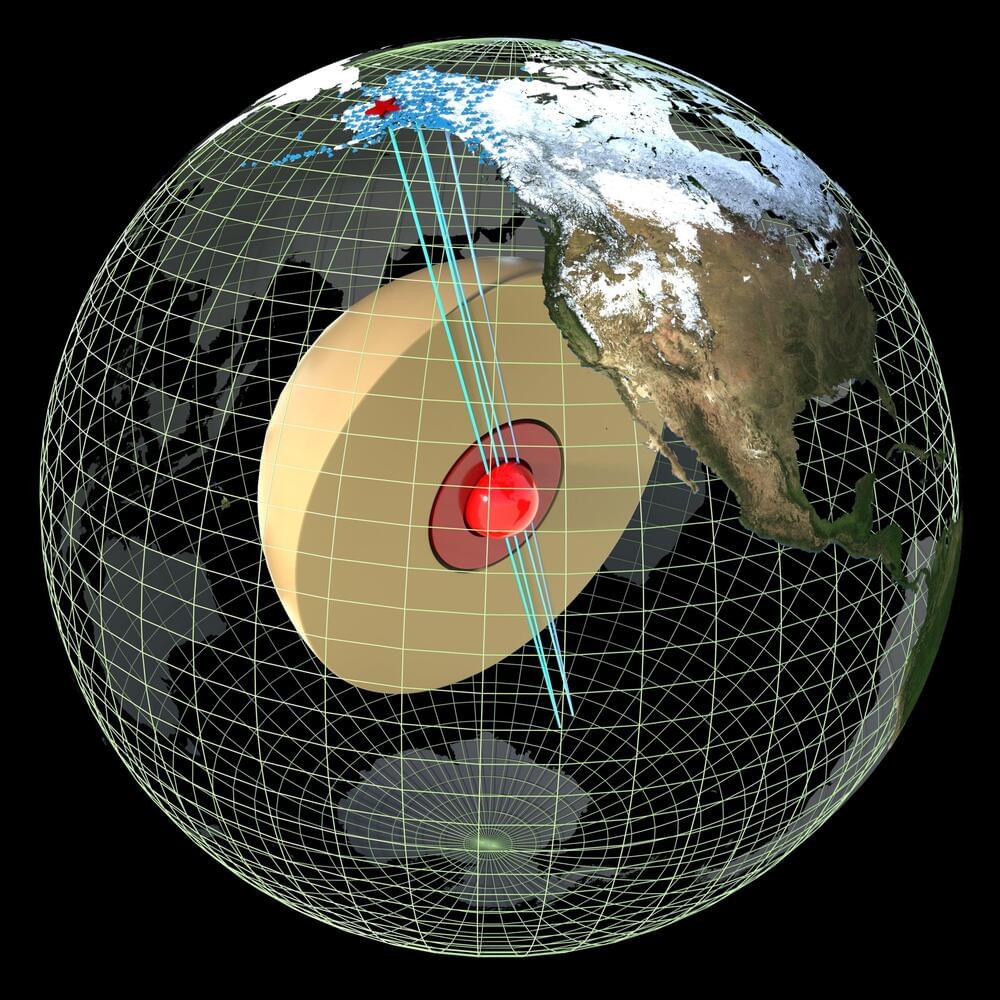Feb 22, 2023
Scientists Generate Original Proteins from Scratch Using AI Technology
Posted by Kelvin Dafiaghor in category: robotics/AI
Wtf… How is this possible? Scientists have developed an AI system called ProGen that can generate artificial enzymes from scratch. The technology was developed by Salesforce Research and uses natural language processing and next-token prediction to assemble amino acid sequences into artificial proteins. In laboratory tests, some of these enzymes worked as well as those found in nature, even when their artificially generated amino acid sequences The new technology could become more powerful than directed evolution, a Nobel-prize-winning protein design technology, and will speed up the development of new proteins for use in various fields, including therapeutics and degrading plastic.


















